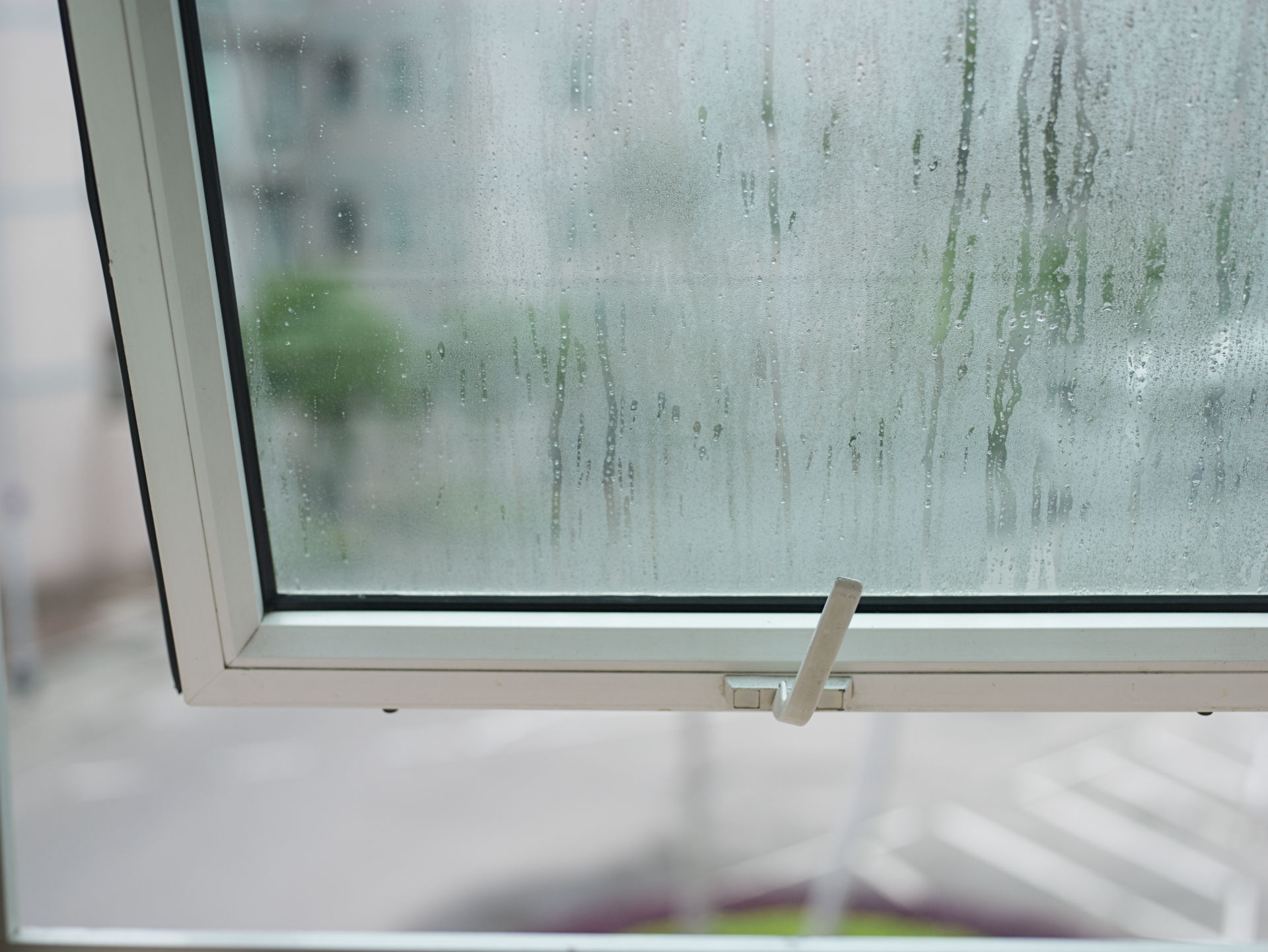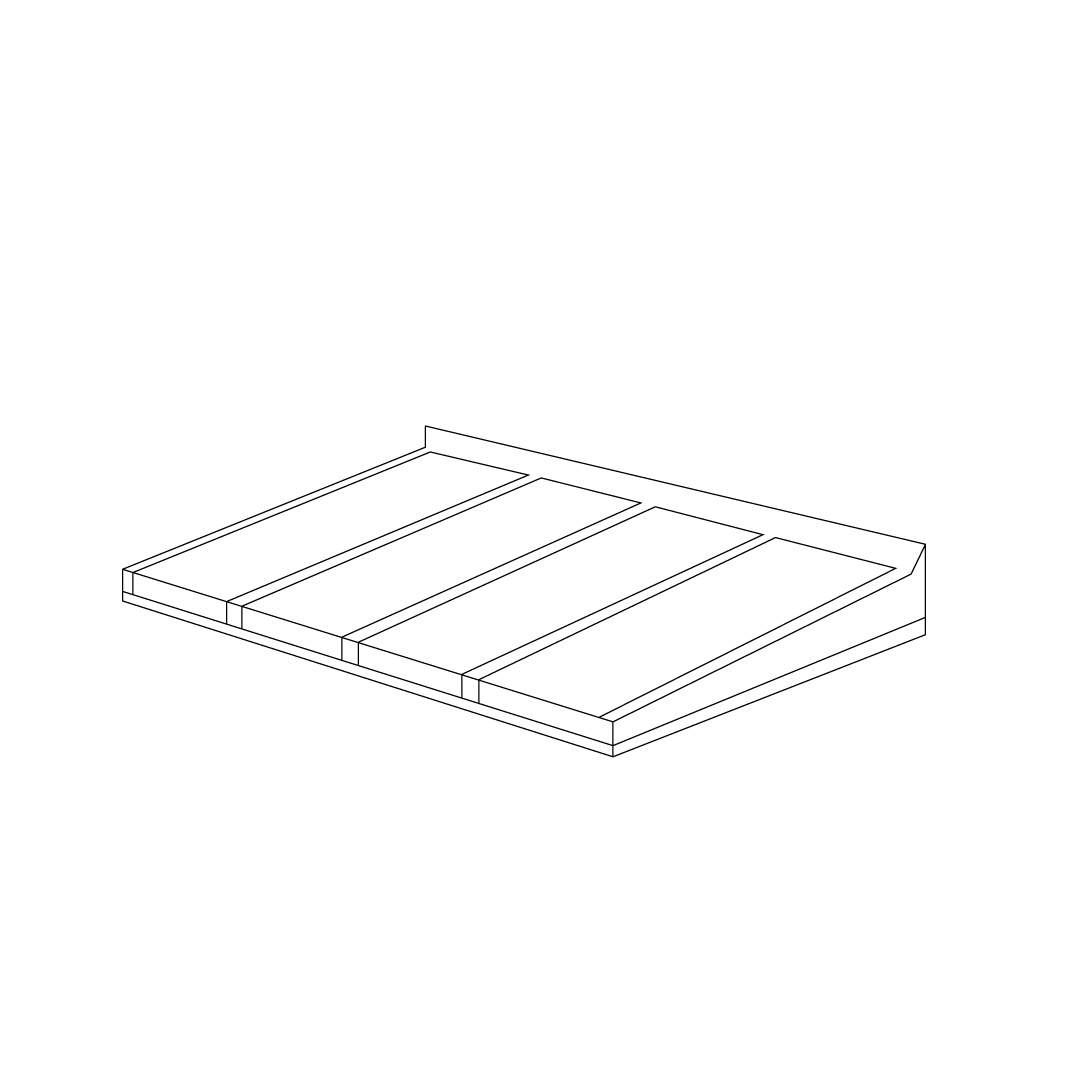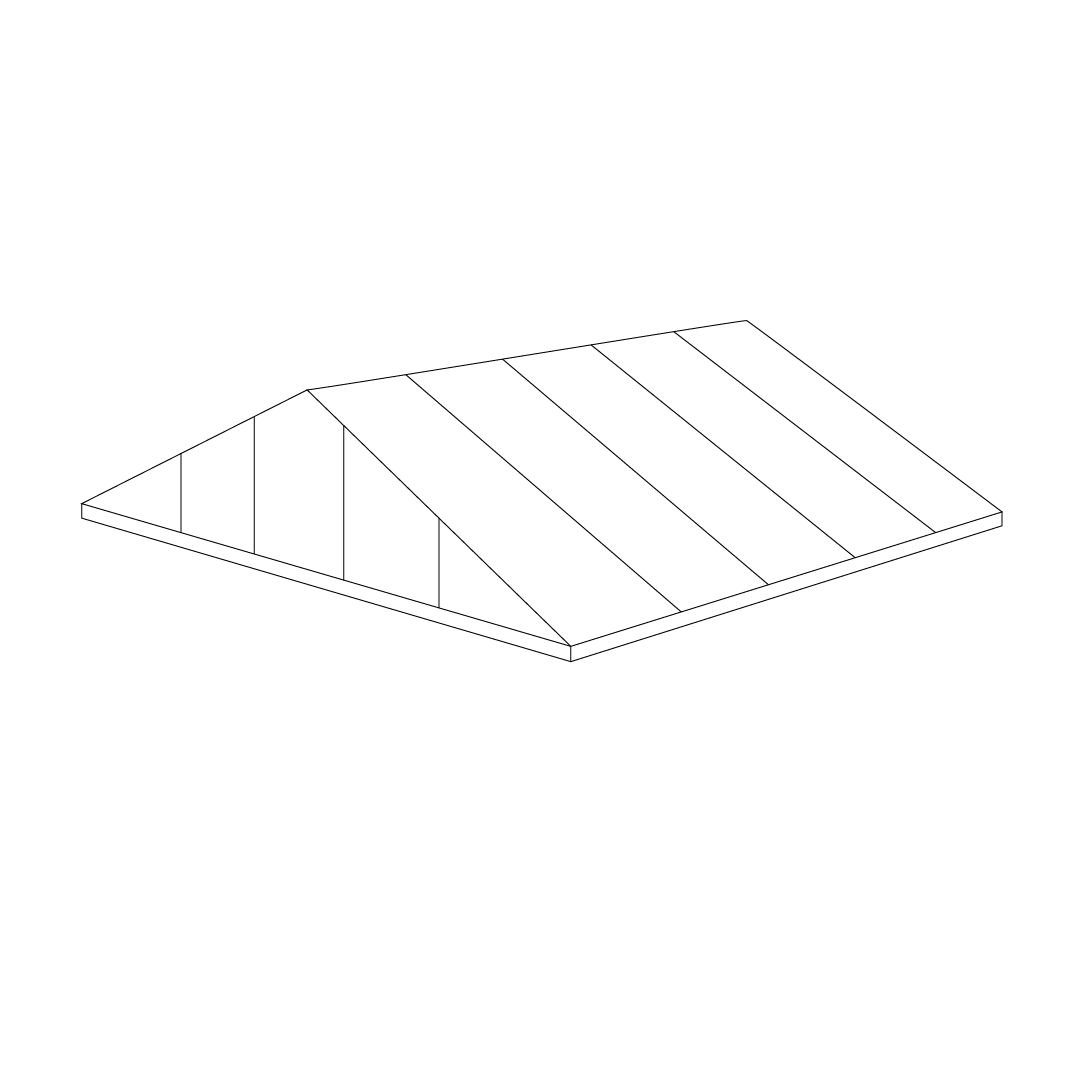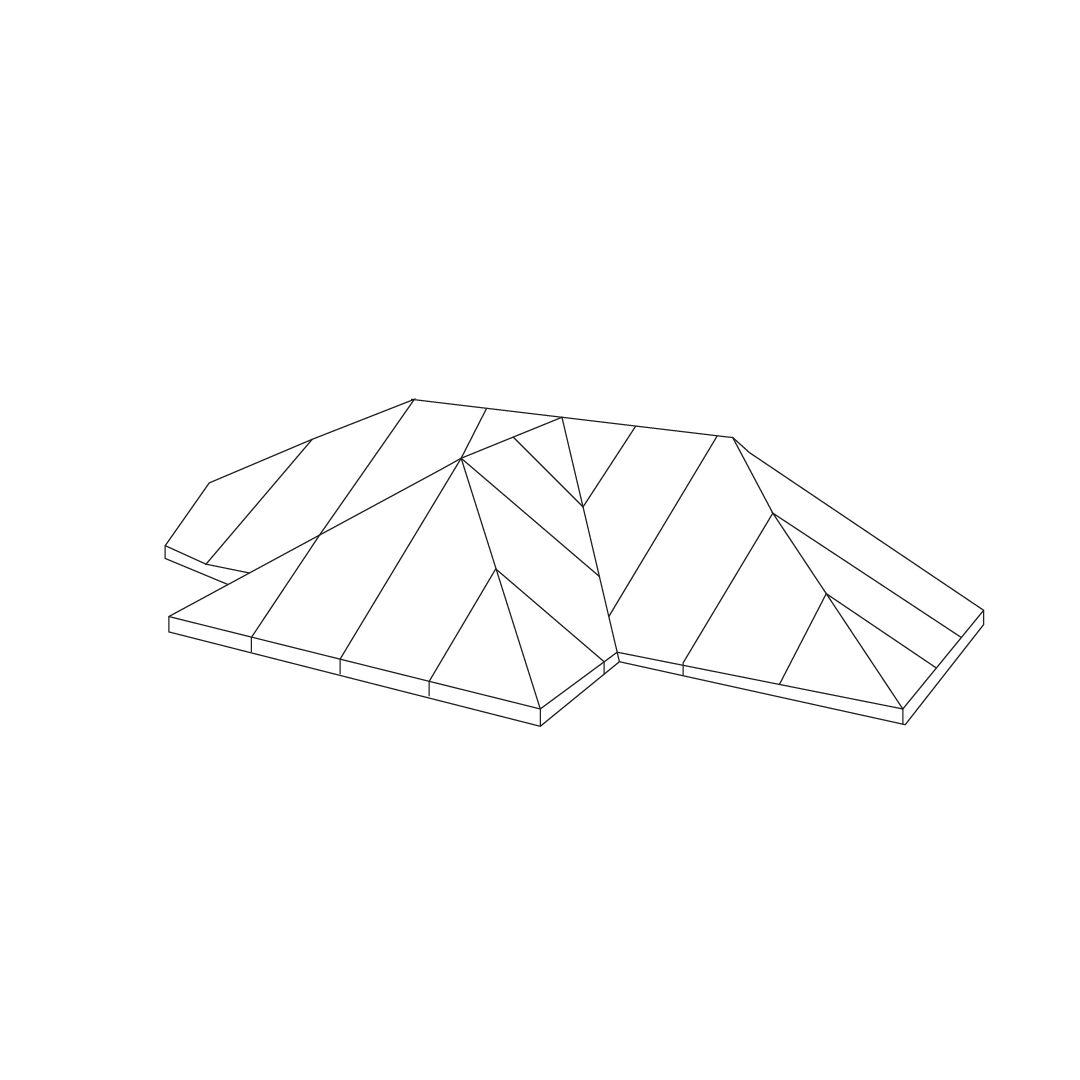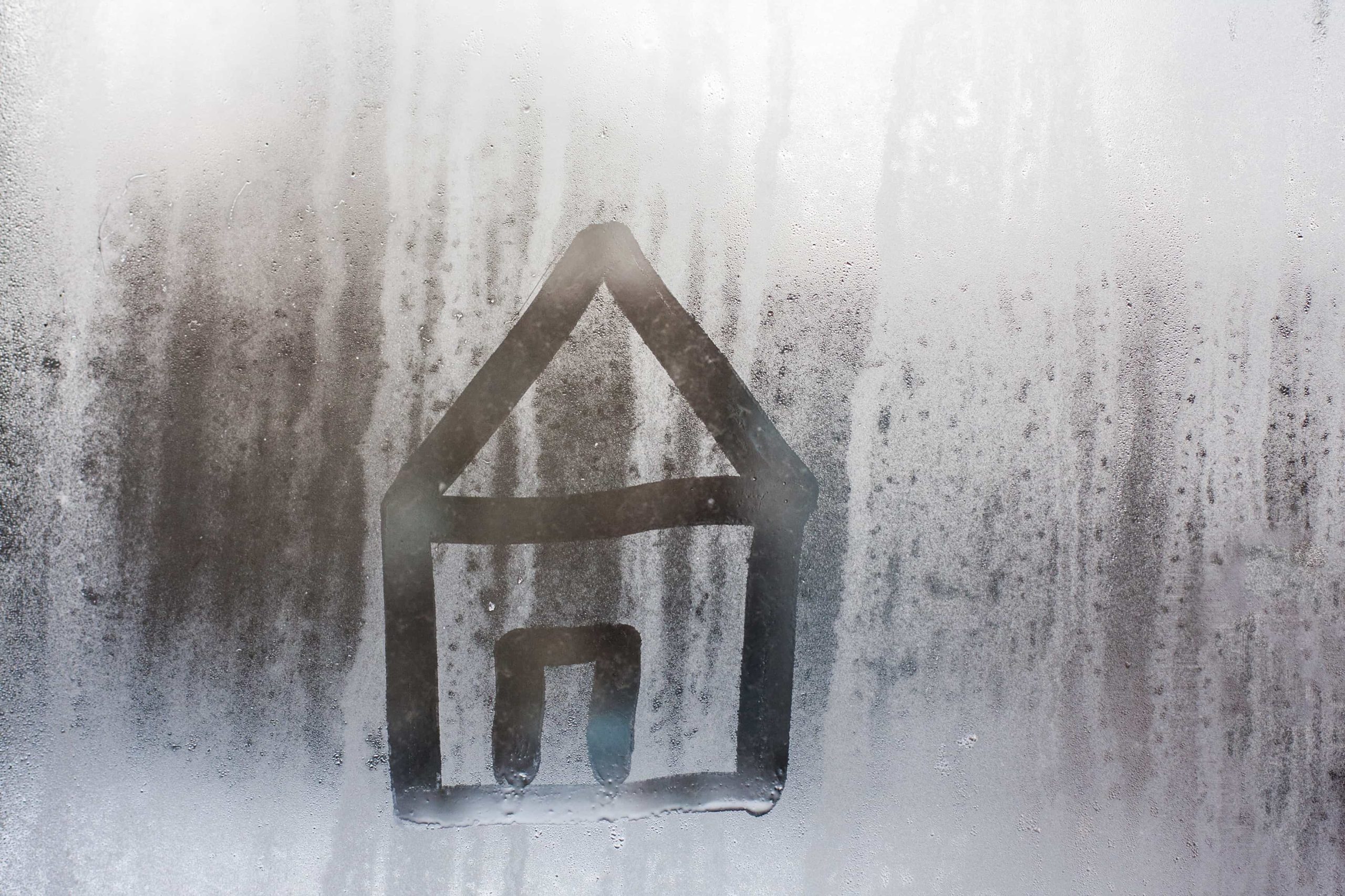In tough conditions, one of the main issues you will face is condensation and mould spots. This happens when your home experiences leaks and damp moisture in the air. As well as looking unsightly , it causes serious damage to your home. In this article, we will go through what condensation is and how to stop it.
What is Condensation?
Let’s start by defining what condensation is. When the cold glass surface of your windows makes contact with moist air, some of that moisture is released onto the glass, and water droplets appear. For many homeowners, this is an immediate cause for concern, and we receive a few calls or queries about this quite often.
As our Managing Director James Stuart explains, this isn’t a cause for concern as some may think. “Condensation is a misconception that your new or maybe old windows are not working correctly. As you will see by our online articles and YouTube videos, for example, we’ve been trying to raise awareness of this matter for years.”
What Causes Condensation?
The main cause of condensation in your home is ventilation. Over time, we’ve made our homes more airtight than ever. It’s increasingly important with the ongoing cost of living crisis that we stop that much-needed warm air from escaping, so we can save on our heating bills and we don’t have to spend out more to recover that lost and wasted heat. But condensation has therefore become a little more prevalent and therefore more important to be aware of.
There are, simply put, fewer ways for everyday moisture to escape from our homes. With better investment in home improvements, those gaps under window and door frames are gone, walls are more heavily insulated, and windows are fitted with airtight seals. This is great for our wallets when it comes to saved energy expense, but there are side effects.
Our everyday lives create a buildup of moisture in the air, from cooking and showering to hanging and drying clothes on airers and simply existing. With improved airtightness, this moisture-filled air cannot escape, and so it finds an area of the room to collect – often the highest point of heat transfer – and this can lead to condensation on windows. Which, ultimately, if left untreated, can cause dreaded mould.
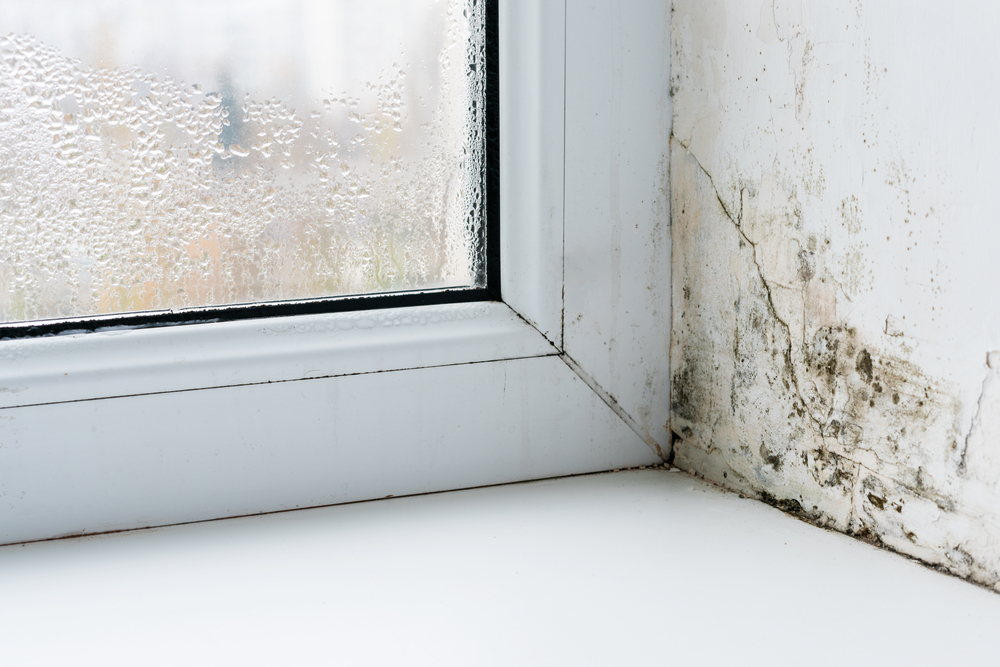
Condensation & Mould
As we’ve outlined above, day to day activities can cause condensation, so while we can’t prevent it from happening, it’s important to know how to deal with it to stop it from leading to mould.
Proper ventilation is key in your home to stop the rise and spread of mould, which is why windows are now fitted with trickle vents and night vent openings. During the day and overnight, adults will create a significant amount of water in the form of airborne condensation. If you have a larger family, that’s a lot to contend with. This, coupled with what we mentioned about such as cooking and showering, and it is easy to understand why it is a big issue in your home.
Government statistics report that 25% of homes suffer from condensation. But we believe that this number can be significantly reduced with a little awareness and by following some simple, sensible steps to ventilate your home and keep it feeling its best.
How To Spot Mould
Most of us will know what mould looks like, but there are other, subtler and perhaps earlier signs that can help you to identify it in your home, which will help you stop it.
The Smell
Unless you’ve got a vast, expansive library in your house, the smell of old books should be a giveaway that something’s not right. Compounds released in mould’s life cycle share that same musty smell, so if you detect it in your floors or walls, something is amiss.
Marks on Clothing
Mould doesn’t just affect walls, floors and ceilings. You may find white or black spots on your clothes. If you’re finding fluffy or slimy spots on your favourite shirt or top, then take a closer look around as it is likely a sign of mould nearby.
Carpets and Rugs
If there’s a mark or stain on your home carpet where you don’t remember spilling any drink or dropping some food, then it could be caused by mould. Regularly check carpets and rugs in your home to see if
Coughs & Illnesses
We’re all probably conscious of a cough or sore throat that just won’t go, particularly after events of the last few years. If you find yourself in your home coughing noticeably more than before, it could be a warning sign of mould.
Hidden Areas
Check areas in your home that are less obvious as well. A windowsill is a breeding ground for moisture. As well as walls and carpets, take some time to look in less obvious places like cupboards and check for condensation on the floor and walls.
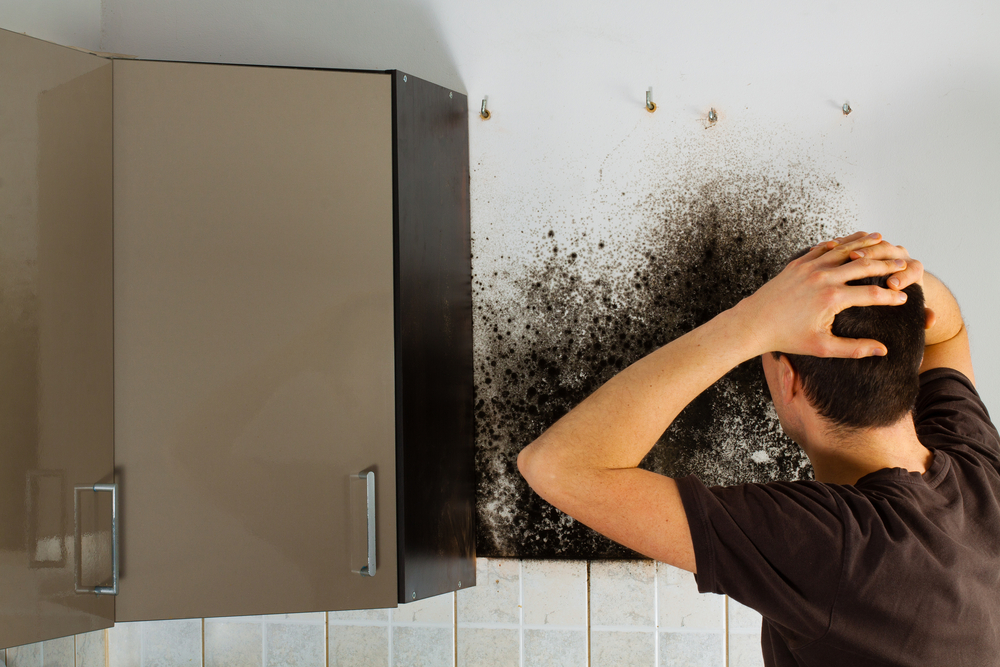
How To Prevent Mould
Once you’ve identified mould, how can you resolve the issue? The main thing is making your home a happy and healthy place to be for you and your loved ones, so take a look at some of our top tips to get rid of mould and prevent it from happening as much as possible.
Maintain A Consistent Temperature
As we mentioned earlier, condensation in your home occurs when moisture-filled warm air makes contact with a colder surface, like a window. One way to reduce this is to prevent the disconnect and keep your home at a consistent temperature. Just heat all rooms equally at a steady temperature if you can. This is key in winter, and in summer this will likely take care of itself.
Improve Ventilation
Previously we discussed the importance of ventilation such as trickle vents, and these will help with any mould buildup as they allow easy air transfer outdoors, letting out some of that moisture. One way of doing this is to install a dehumidifier in your home because it will reduce the moisture in the air. This will help reduce the damp problem in your home.
Let Walls Breathe
When renovating your homedon’t place furniture straight against the wall. If there isn’t a gap, then moisture-filled air becomes trapped and all too easily can turn into mould growth. Leave some space to let your walls breathe and don’t suffocate them with furniture.
Dry Clothes Outdoors
Drying damp clothes in your home can cause mould issues. As we mentioned, our bodies alone generate a fair amount, so where possible we should look to limit activities that add to this. It’s easier on warm, sunny days, of course. By drying your clothes outside, this common issue will be prevented.
Keep Your Windows Clean
The windows in your home are low maintenance, but it is important to clean them regularly to avoid condensation. If left for too long, it will become infested with mould. Use a damp cloth and some soap (you may want to wear gloves) and remove any moisture. Clean your window once a day to get instant results.
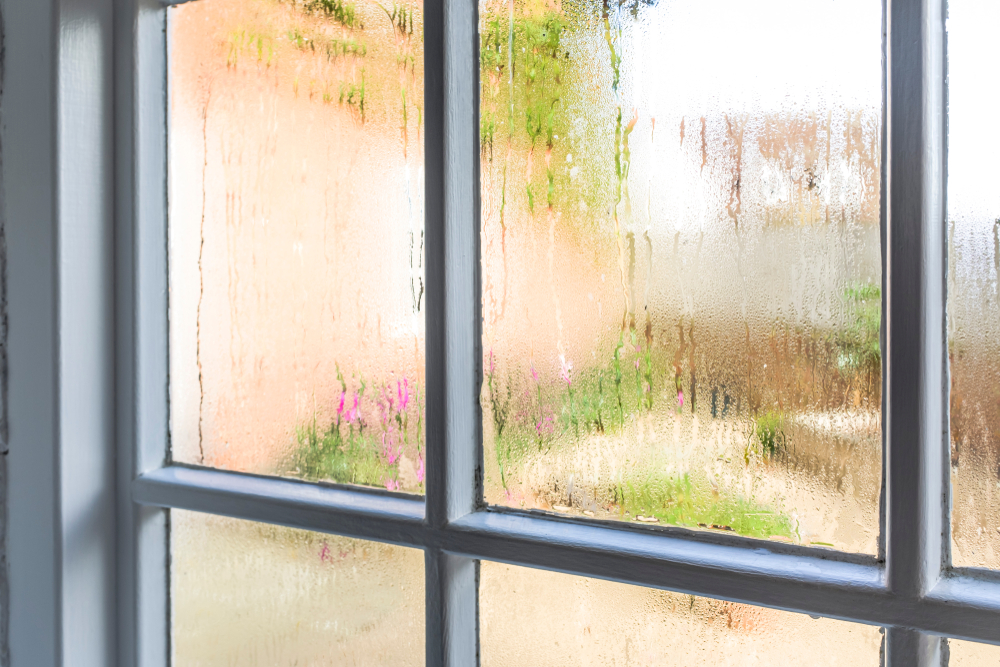
Understanding Condensation, Mould & Your Next Steps
From our guide, you can see that condensation and mould are important things to be aware of in your home . While there are some misconceptions, we hope that Abbey Windows’ guide here has helped to answer some of your burning questions and help you take better care of your property.
As you’ve seen, mould isn’t always caused by ventilation; but ensuring you have the correct ventilation measures in place is one of the quickest and easiest ways to address the problem, reduce mould buildup and keep your home looking its best. With a few simple steps, you can treat the problem sooner rather than later for an inexpensive intervention – before matters become more severe and costly.
For more information on condensation, mould and how you choose the right home improvements to prevent this, we welcome you to get in touch with the friendly team here at Abbey Windows. We’ll be on hand to offer more insights into your unique situation and give you the recommendations you need to keep your home looking and feeling its best.



